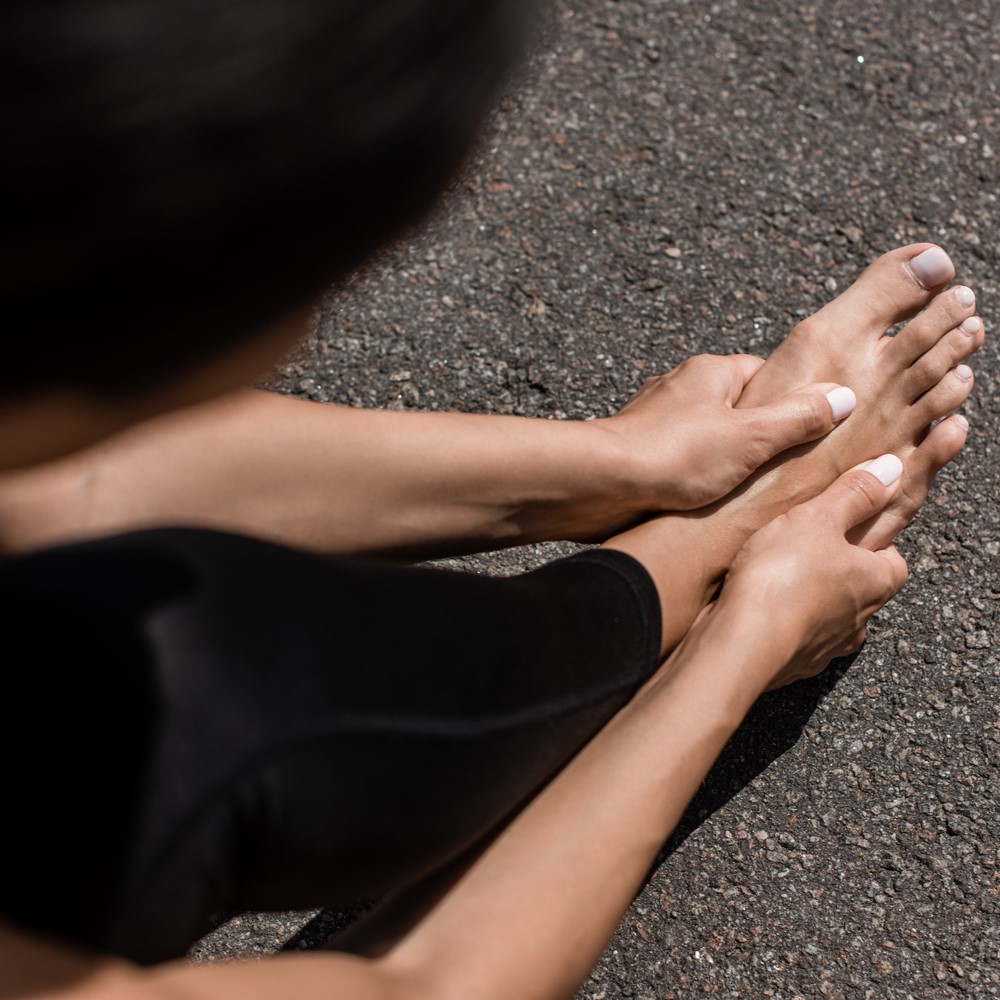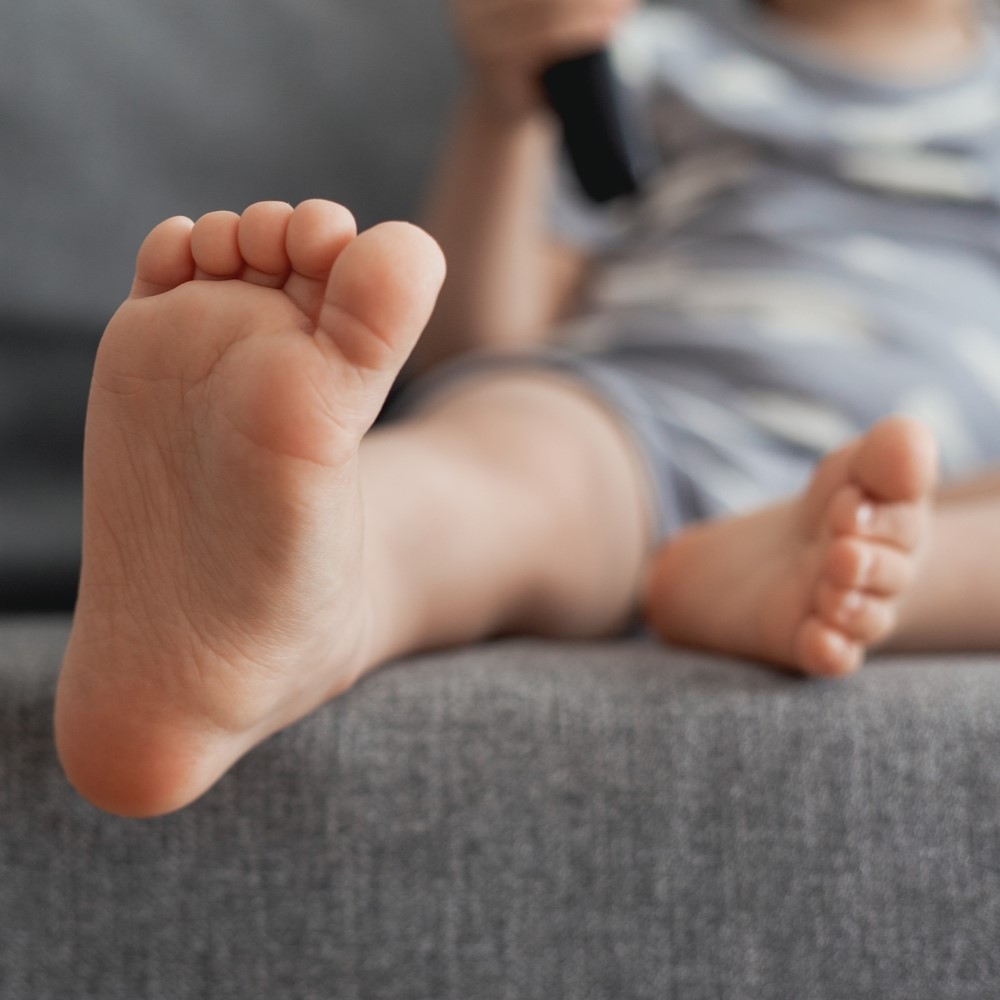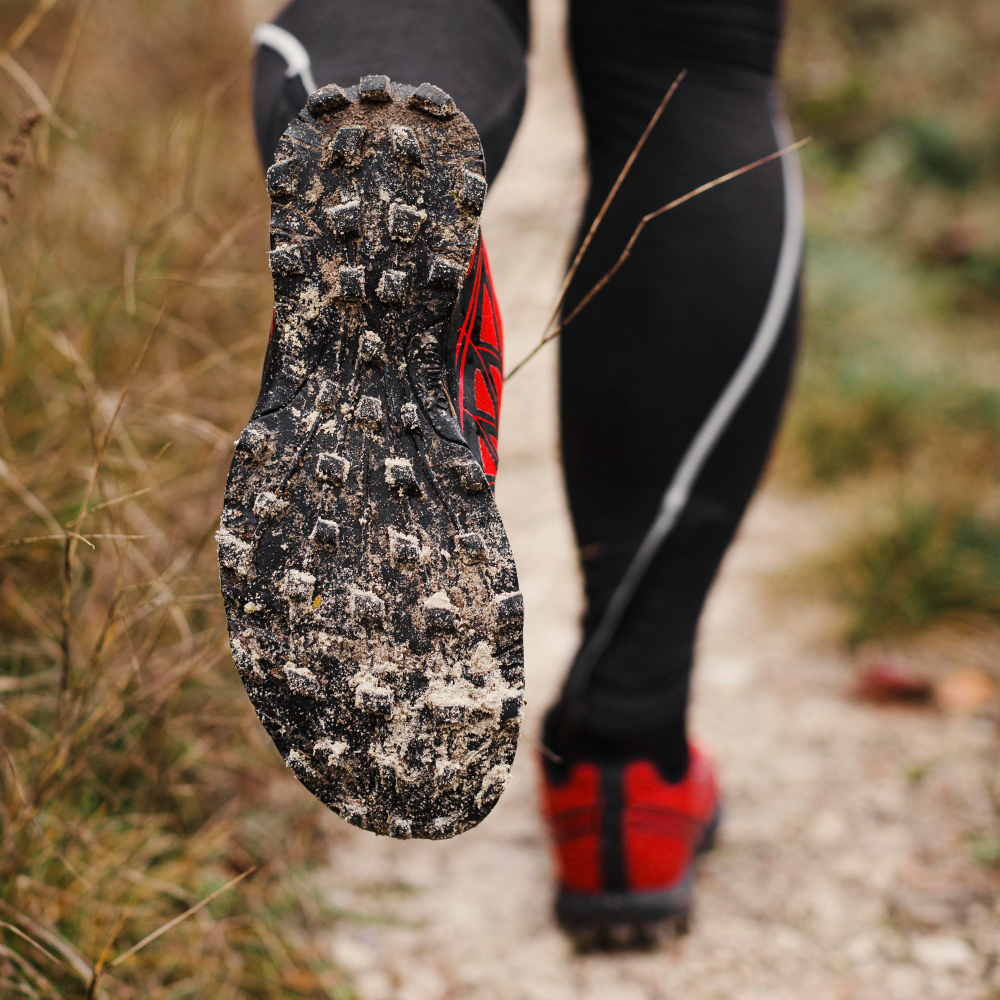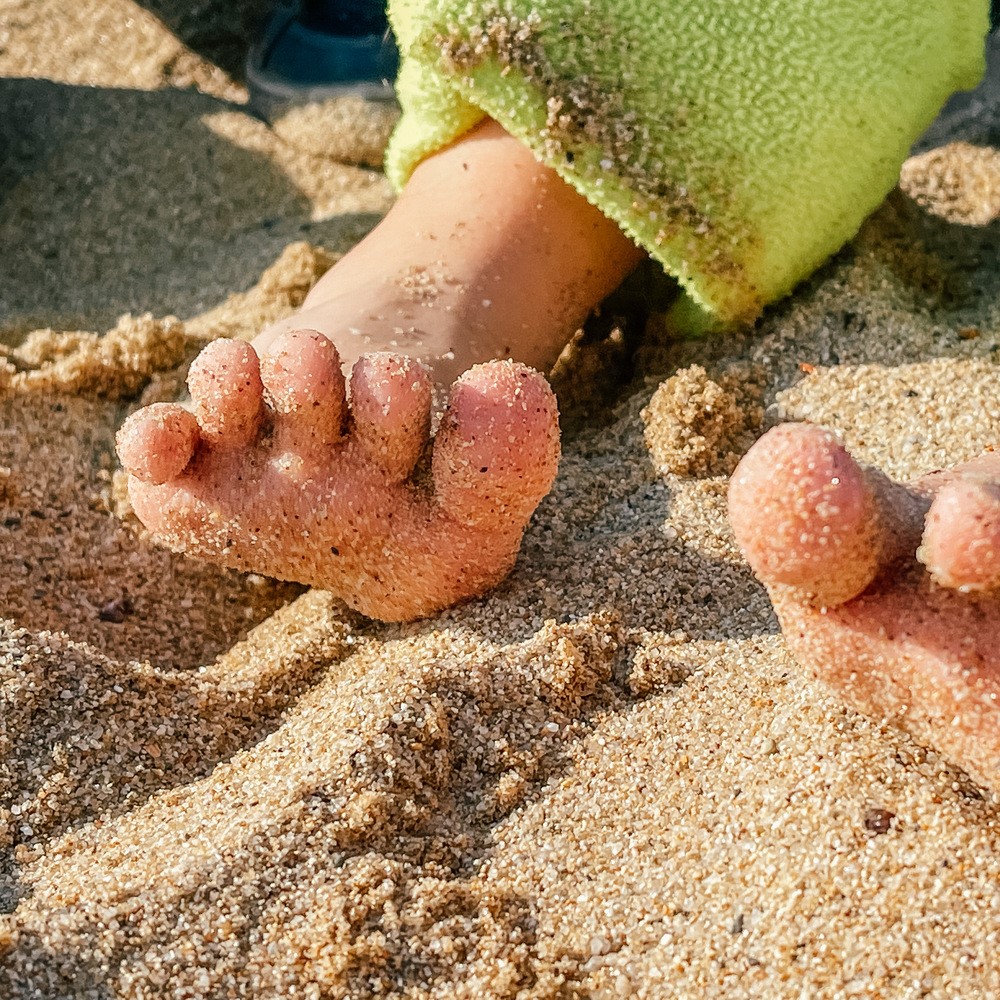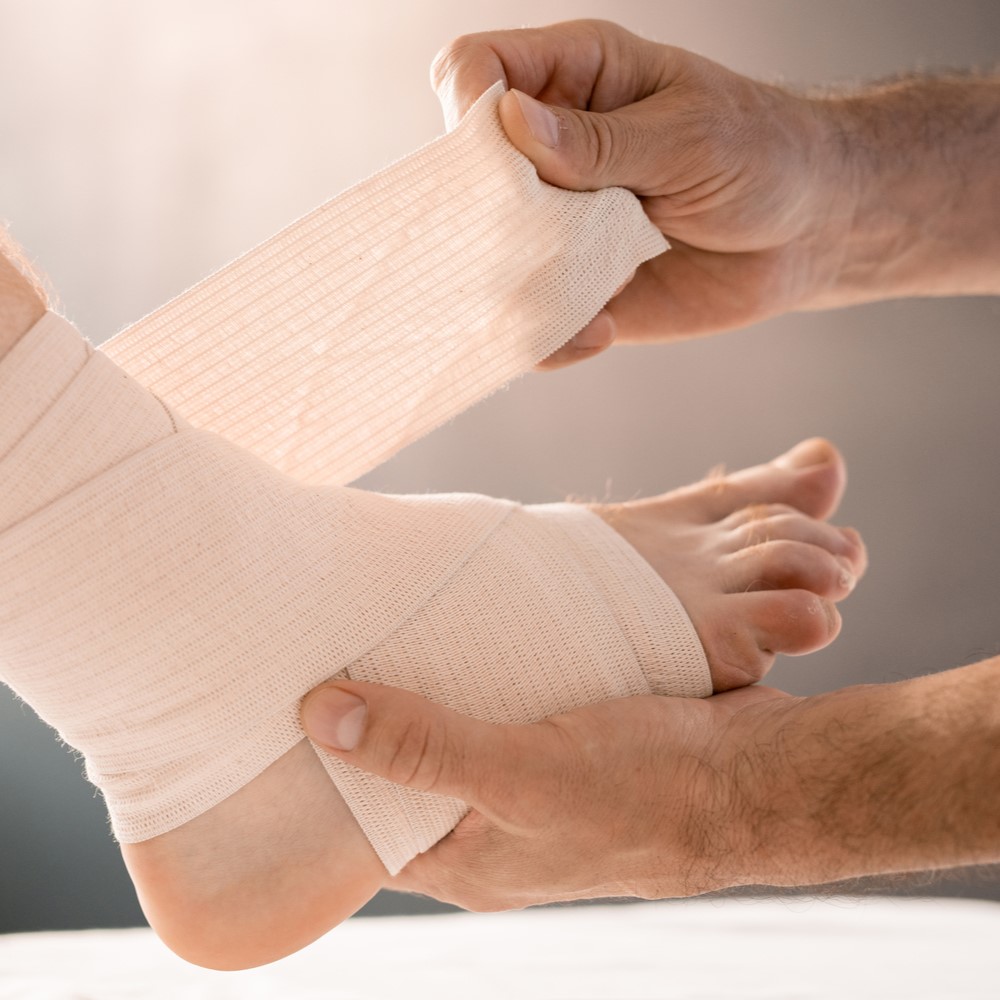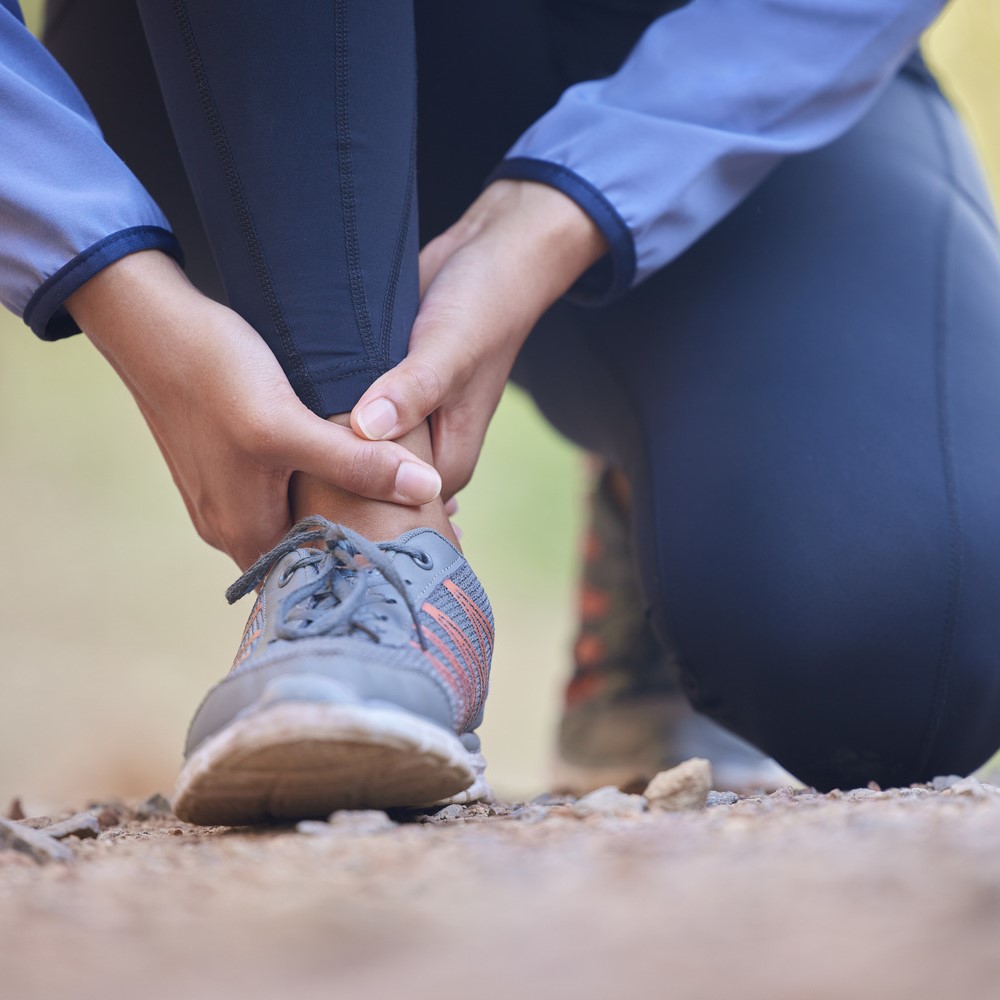5 Tips to Relieve Foot Sole Pain
Do you feel a sharp pain in your heel when you first wake up? Or a burning sensation in the ball of your foot when you walk? Many reasons can cause foot sole pain including overuse, injury, and poor footwear. It can be a real nuisance, making it difficult to walk or even stand for long periods. But don’t worry, there are plenty of things you can do to relieve foot sole pain and get back on your feet. In this blog post, we’ll discuss the causes of foot sole pain, as well as some of the best treatments and prevention methods. What are the causes of foot sole pain? It is a common problem that can be caused by a variety of factors. The most common causes include: Plantar fasciitis is an inflammation of the plantar fascia, which is a thick band of tissue running down the sole of the foot. Plantar fasciitis is often characterized by a sharp pain in the heel that is worse in the morning or after periods of rest. Metatarsalgia: This is a pain in the ball of the foot. It is often caused by overuse or by wearing shoes that are too tight or do not provide enough arch support. Morton’s neuroma: This is a thickening of the nerve tissue between the toes. It can cause a burning or tingling sensation in the affected area. Bunions: This is a bony enlargement that can form at the base of the big toe. It can cause pain and discomfort when walking or wearing shoes. Ingrown toenails: This is a toenail that grows into the skin. It can cause pain, swelling, and redness. Gout: This is a type of arthritis that can cause inflammation and pain in the joints. It can affect the joints in the foot, including the ball of the foot. What Are the Treatment Options? If you are experiencing foot sole pain, it is important to see a podiatrist to determine the cause. Once the cause is identified, there are a variety of treatments available, including: Rest Applying ice to the effected area. Compression. Elevation. OTC pain relievers: These can assist to alleviate pain and inflammation. Prescription pain relievers: These may be necessary if over-the-counter pain relievers are not effective. Physical therapy can help to strengthen the muscles in the foot and improve flexibility. Surgery: In some cases, surgery may be necessary to treat foot sole pain. Tips to Prevent Foot Sole Pain! If you are experiencing foot sole pain, there are a few things you can do to help prevent it from happening again. These include: Wearing shoes that fit properly and provide good arch support. More tips on how to choose the right shoe. Avoiding high-impact activities that might cause foot discomfort. Stretching the feet regularly. Losing weight if you are overweight or obese. Quitting smoking. Get free medical help!
5 Tips to Relieve Foot Sole Pain Read More »
